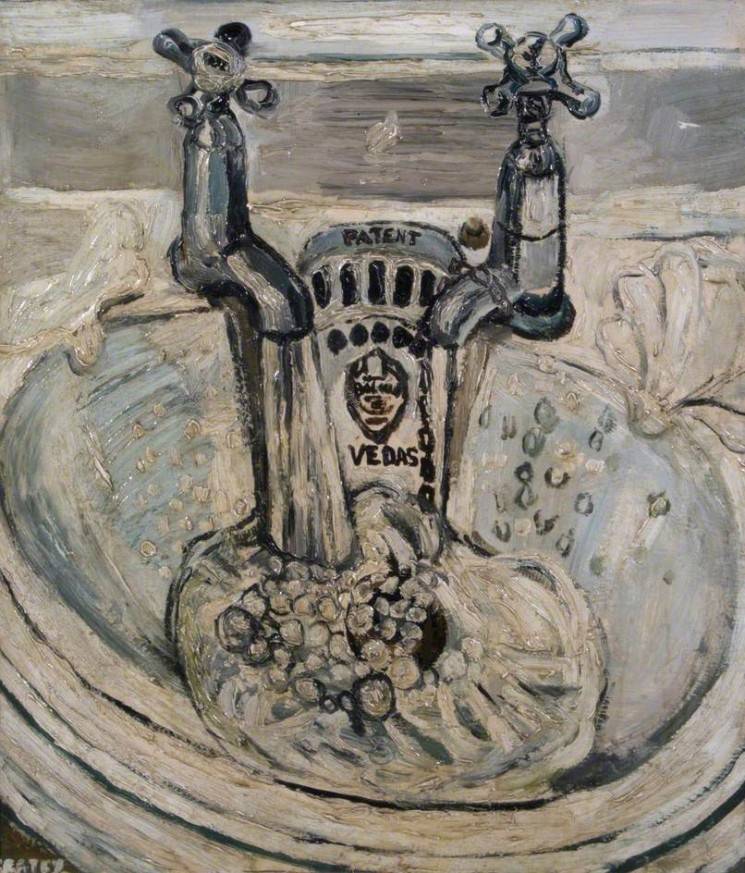Research into Genre
While the topic of genre has already been discussed, I felt now that the script and story has undergone a number of changes and the style/tone of the film has been clarified, it would be a good idea to return to the topic.
Going into the pre-production phase, it was clear that this film, just from the basic outlay, would fall under the broad genre of Drama. But what does this tell us? Not much, if anything at all. As we began to dig deeper into the story and started to unfold what the characters do and how they act and react to certain situations, the more specific sub-genre Kitchen Sink Realism. While the story itself is fairly low-key in the earlier stages of the film, the tone that we were going for did in fact hint at undertones of Thriller, though we wanted to keep this genre fairly grounded and did not want it to take over from the social reality that the characters find themselves within.
What is Kitchen Sink Realism?
The genre itself gets its name from an expressionist painting created by John Bratby. The painting itself is a representation of the struggles of the mundane lifestyle many find themselves within. It is, in a way, a criticism of the 'norm'.
The British movement was a response to the French Nouvelle Vague and began releasing films under this genre in the late 50's with films like Room at the Top and Look Back in Anger. The genre began to gain popularity in Britain in the late 60's / early 70's and has even gone on to influence more modern films and television series like I, Daniel Blake and Royle Family.
Kitchen sink realism typically focuses on the working class and the social struggles many find themselves within. Our film focuses on a former prisoner struggling to fit in with the modern world until he finds himself with a childhood friend who himself has become an outcast in society, struggling with lung cancer.

No comments:
Post a Comment